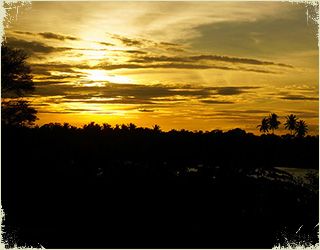 The modern-day postural yoga that we practice today has been greatly influenced by Tirumalai Krishnamacharya, popularly referred to as ‘The Father of Modern Yoga.’ His teachings were made possible by and flourished under the patronage of Mysore’s Maharaja Krishnaraja Wodeyar during the 1930s and 40s, primarily at the Mysore Palace where they were a part of the education for the young boys belonging to the elite class.
The modern-day postural yoga that we practice today has been greatly influenced by Tirumalai Krishnamacharya, popularly referred to as ‘The Father of Modern Yoga.’ His teachings were made possible by and flourished under the patronage of Mysore’s Maharaja Krishnaraja Wodeyar during the 1930s and 40s, primarily at the Mysore Palace where they were a part of the education for the young boys belonging to the elite class.
Sritattvanidhi
If we refer to The Yoga Tradition of the Mysore Palace, a 1996 study by Sanskrit scholar N.E. Sjoman, Krishnamacharya’s yoga style evolved further through reputed students like K. Pattabhi Jois and B.K.S. Iyengar. Sjoman lived for many years in India, including 5 years in Pune, where he studied and practised yoga under Iyengar. He was later permitted by the Wodeyar family to publish a section of Sritattvanidhi, from the Mysore palace. Penned sometime between the years 1811-1868, this important manuscript details 121 asanas, many of which can be related to the yoga postures we practice in the present times, although under different names.
The gradual transformation of yoga
Apart from that, there is ample evidence to suggest that yoga asanas gradually transformed from a few seated poses to more like flowing dance movements, from one posture to another, something that we are more accustomed to today. This transformation happened over the past 200 years, gaining a lot of momentum during the past 50 years.
It’s important that we understand and accept change as an intrinsic part of the yoga practice, enabling ourselves to not get overly attached to the history, and accept how the yoga practice continues to evolve even today.
If you’re looking for an ideal India retreat to practice and master yoga, AyurYoga Eco-Ashram in Mysore should definitely be on your list.

